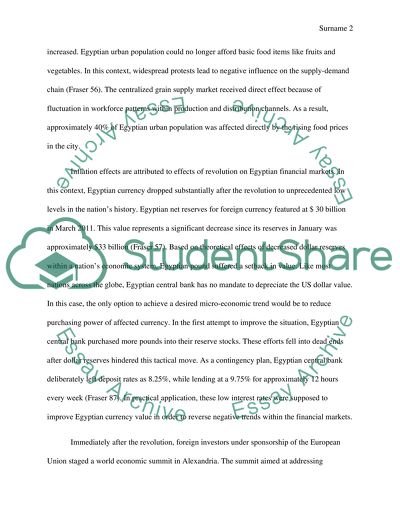Cite this document
(“Microeconomic Phenomenon In Daily Life Term Paper”, n.d.)
Retrieved from https://studentshare.org/macro-microeconomics/1475048-microeconomic-phenomenon-in-daily-life
Retrieved from https://studentshare.org/macro-microeconomics/1475048-microeconomic-phenomenon-in-daily-life
(Microeconomic Phenomenon In Daily Life Term Paper)
https://studentshare.org/macro-microeconomics/1475048-microeconomic-phenomenon-in-daily-life.
https://studentshare.org/macro-microeconomics/1475048-microeconomic-phenomenon-in-daily-life.
“Microeconomic Phenomenon In Daily Life Term Paper”, n.d. https://studentshare.org/macro-microeconomics/1475048-microeconomic-phenomenon-in-daily-life.


